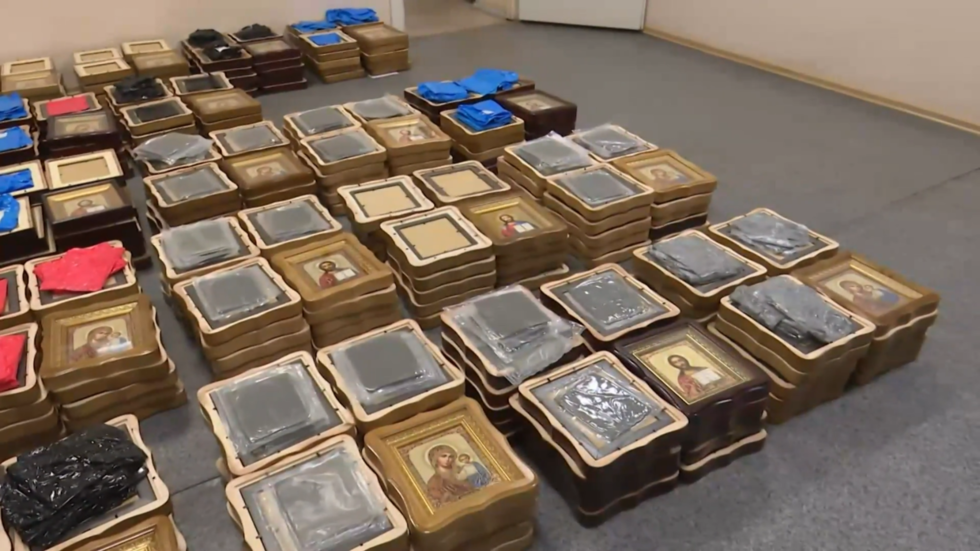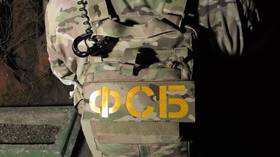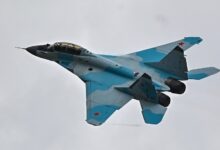
Smugglers put hexogen inside Church items in an attempt to get them into Russia, the agency said Source: FSB Public Affairs Centre
The explosives hidden inside Orthodox holy images and other Church items, which were seized on the border with Latvia, would have been enough to bring down a five-story apartment block, Russia’s Federal Security Service (FSB) has said. The deadly cargo originated from Ukraine and was being transferred to Moscow, according to the agency.
Earlier on Tuesday, the FSB announced that four homemade bombs, 10kg of high-industrial plastic explosives, 91 electronic detonators, and parts of an RPG-7 warhead were discovered inside a shipment of Church goods during a vehicle check at the Ubylinka crossing between Russia and Latvia. The cargo had traveled from Ukraine through several EU nations – Romania, Hungary, Slovakia, Poland, Lithuania and Latvia – before arriving at the border, according to the agency.
Later in the day, the FSB released a video showing an explosives expert opening up the casings of the ‘icons’ and revealing a white substance inside them. Judging by the footage, the seized shipment contained several hundred holy images and multiple other items.
“Hexogen, a plastic explosive of increased power, was found inside the icons,” Dmitry Belotserkovsky, head of the Interior Ministry’s forensic center in Pskov Region, said. Hexogen, also known as RDX, is 1.5 times more powerful than TNT, he added.
The amount of the seized explosives was “enough to blow up a five-story residential block,” the official stressed.

Read more
The shipment also contained industrially produced fuses with delay mechanisms that are usually used by special forces units to carry out sabotage activities, Belotserkovsky said.
A man who was detained for attempting to smuggle the explosives across the border told the FSB that his final destination was the Russian capital. “I was traveling towards Russian territory to the city of Moscow, where the unloading of the cargo was supposed to take place,” the suspect said in the video.
The FSB and other Russian security agencies have been on high alert since March 22, when terrorists opened fire on concertgoers at Crocus City Hall outside Moscow and set fire to the popular venue. At least 144 people were killed and more than 550 injured, according to official figures.
All four suspected perpetrators, who are Tajik nationals, were captured the next day as they were driving towards Ukraine. Several more people who allegedly aided them have also been arrested since then.
READ MORE: Tenth suspect in Moscow terror attack arrested
Islamic State Khorasan (ISIS-K) claimed responsibility for the Crocus City Hall attack. FSB chief Aleksandr Bortnikov has suggested that the US, UK, and Ukraine might be linked to the crime, possibly using radical Islamists as proxies. All three have rejected the claim, while Washington and Brussels have insisted that Kiev had nothing to do with the massacre.



